Centenarian still serving coffee 365 days a year
Anna Possi, the bar owner who in 2024 attracted the world’s media to her door when she celebrated her 100th birthday by opening for business as usual, was born on this day in 1924 in Vezzo in Piedmont.
Anna Possi has been serving her customers at
the Bar Centrale in Nebbiuno for 67 years
Possi owns and manages the Bar Centrale in Nebbiuno, a village overlooking picturesque Lago Maggiore just a few kilometres from her place of birth. She has been brewing and serving coffee to visitors and regular customers there since the bar opened on May 1, 1958, and has been in sole charge since her husband, Renato, died in 1974.
She is known as the oldest bartender in Italy - perhaps in Europe - and proudly advertises her status with a sign on the wall outside the bar’s entrance on Via Torino, which reads “Qui si trova la barista più longeva d'Italia” - “Here you will find the longest-serving bartender in Italy”.
Opening even on Easter Sunday and Christmas Day, she wakes at 5.50am, eats a light breakfast while catching up with the news on the internet, and raises the shutters at 7am to be ready for her earliest customers, remaining open until 7-7.30pm.
On warm, summer evenings, she will stay open as late as 9.30pm, allowing her clientele to enjoy the splendid views across the lake on offer from her garden tables.
To mark her 100th birthday, she was awarded the honorary title of Commander of the Republic of Italy, yet has no plans to retire as long as she retains the gift of good health. She looks after her wellbeing by eating sparsely, taking a half-hour walk every evening and believes that her daily interaction with customers is the key to her sprightliness.
Universally known among her regular customers as Nonna Anna - or Anna Renè after her late husband - she makes few concessions to her advancing years apart from accepting some help from her daughter, Cristina, who lives with her in the rooms above the bar and works by day across the road at the local Municipale, the council offices.
 |
| Anna's unique status is proudly advertised on a sign outside the Bar Centrale |
During World War Two, she spent hours stirring a huge pot of polenta, which was given to partisans hiding from the occupying German army.
As a young woman, she moved first to Novara, the second largest city in Piedmont about 40km (25 miles) to the south, and then to Genoa, the coastal city in Liguria, working in bars and restaurants before returning home to buy the bar in Nebbiuno, with Renato.
The bar’s peak years, according to Anna, were from the 1960s through to the 1980s.
At first, equipped with pinball machines, a football table and a jukebox, and one of the first to offer video games, the Bar Centrale was a trendy meeting place for young people, who would spend their afternoons playing games and listening to hits.
Its clientele included footballers Gianni Rivera and Fulvio Collovati, who had homes nearby while playing for AC Milan, and even Angelo Moratti, the oil tycoon who owned Inter Milan from 1955 to 1968 and often visited the area.
Today’s customers have a different profile, made up mainly of pensioners from the village and of curious visitors attracted by Anna’s unique claim to fame. The jukebox, meanwhile, has made way for a book stand, where customers can exchange unwanted titles for books they want to read. Yet business remains brisk.
Anna has hinted that she may wind down, if not step aside completely, when Cristina retires from her job at the Municipale, perhaps breaking the habit of the last 50 years or so by actually taking a holiday. Until then, though, the Bar Centrale’s shutters will continue to open at 7am sharp, every day.
Travel tip:
The skyline of Novara is dominated by the huge
cupola of the Basilica of San Gaudenzio
Novara, where Anna Possi worked as a young woman, is the second biggest city in the Piedmont region after Turin. It is situated nearer to Milan than Turin, the Lombardy capital being around 50km (31 miles) east of Novara, while Turin is almost 100km (62 miles) to the southwest. Founded by the Romans, Novara was later ruled by the Visconti and Sforza families. In the 18th century it was controlled by the House of Savoy, who lost it to the Austrians in the 1849 Battle of Novara. This led to the abdication of Charles Albert, the King of Sardinia and ruler of the Savoyard state and is seen as the beginning of the Italian unification movement. The most imposing building in Novara is the Basilica of San Gaudenzio, which has a 121-metre high cupola designed by Alessandro Antonelli, the creator of Turin’s similarly towering Mole Antonelliana. Novara’s duomo, the cattedrale di Santa Maria Assunta, is the city’s most important church. It is built where the temple of Jupiter stood in Roman times, opposite the oldest remaining building in Novara, the Battistero. Also worth seeing is the Broletto, a medieval architectural complex made up of four historic buildings built in different eras, around a central courtyard.
Find hotels in Novara with Expedia
Travel tip:.jpg)
Nebbiuno's hillside location offers visitors a
beautiful view over Lago Maggiore
Vezzo and Nebbiuno, the two villages that have been central to Anna Possi’s life, both lie in the scenic Vergante area of Piedmont, on the western side of Lake Maggiore, which forms a natural border with the neighbouring Lombardy region. Hilly terrain, lush forests and panoramic lake views are characteristic of the area, which contains notable peaks in Monte Cornaggia and Monte Toriggia, both of which climb to beyond 900m (2,950ft), the area being bordered in the west by Monte Mottarone, which reaches 1,492m (4,895ft) above sea level, part of the Alpi Biellesi e Cusiane. The Vergante area also includes the section of Lake Maggiore that contains three of the four Borromean Islands - Isola Madre, Isola Bella and Isola dei Pescatori. The area offers attractions all year round, including trekking along well-maintained paths in the summer months, gastronomic tours against the backdrop of autumn colours to enjoy dishes combining the products of the forest and the lake, skiing in the winter and a kaleidoscope of spring colours from an abundance of azaleas, camellias and rhododendrons.
Book accommodation in the Vergante area with Hotels.com
More reading:
How Antonio Todde became the oldest living man in the world
The World War One survivor who lived to be 110
The Inter Milan fan who for 10 months was Europe’s oldest living person
Also on this day:
1625: The death of portrait painter Sofonisba Anguissola
1892: The birth of racing driver Tazio Nuvolari
1974: The birth of world champion ice dancer Maurizio Margaglio
1975: Doctor and scientist Giuseppe Moscati made a saint


_-001.jpg)

.jpg)








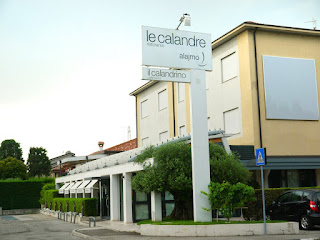


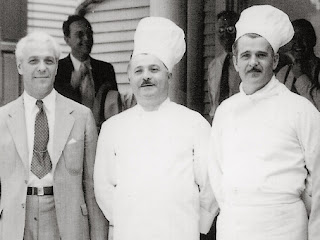
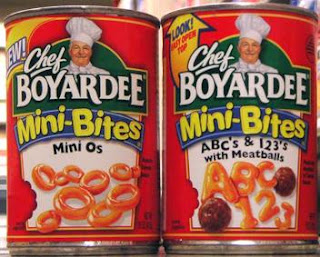



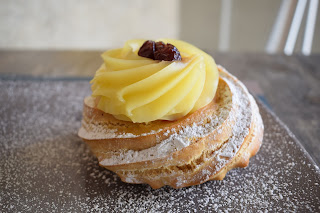
.jpg)
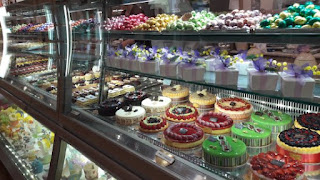


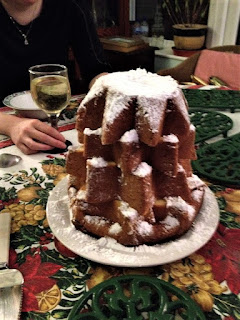
.jpg)






